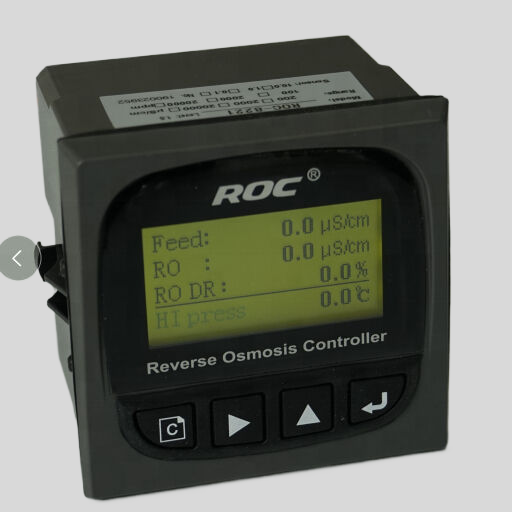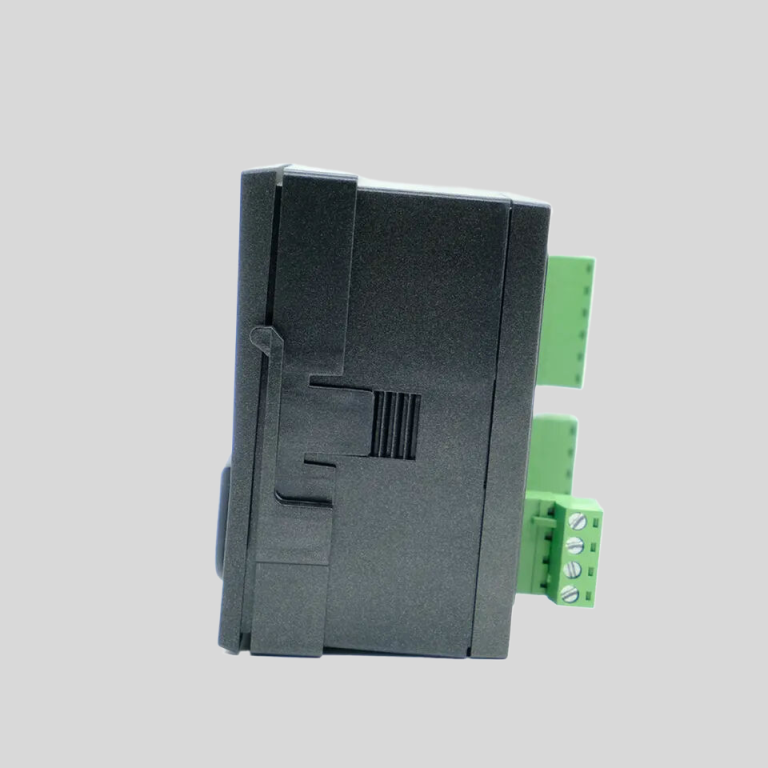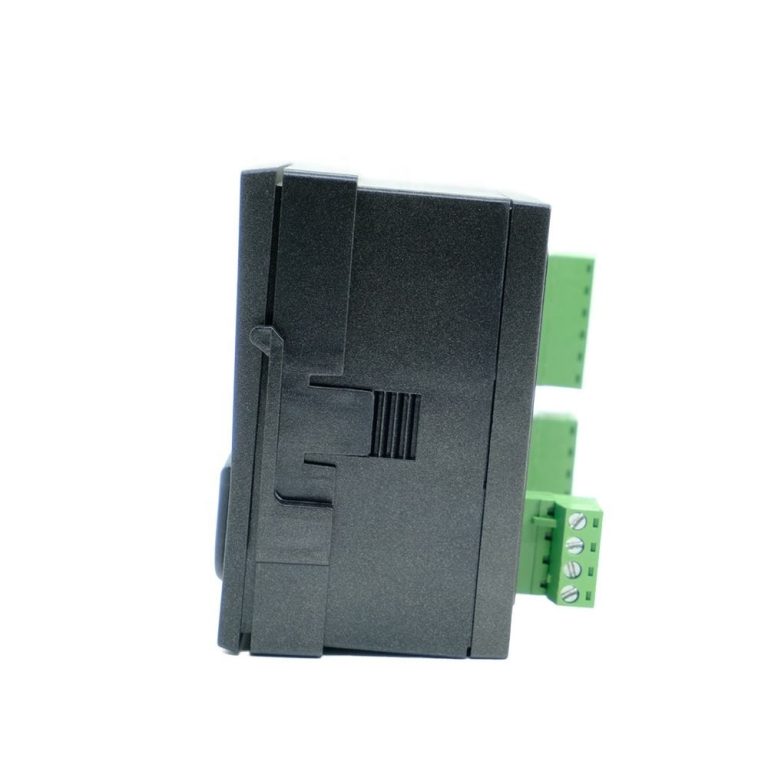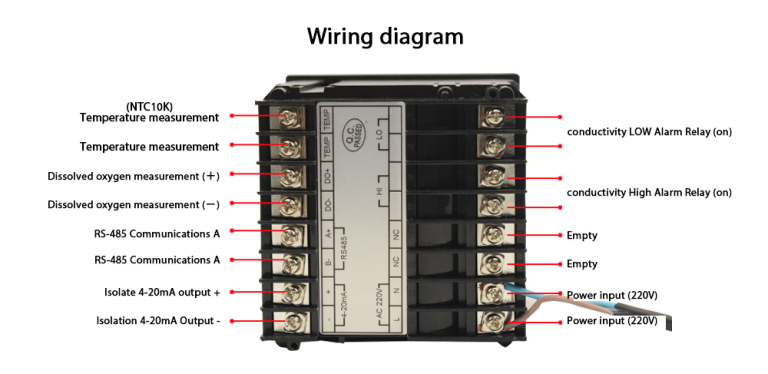Table of Contents
The Benefits of Using a Handheld TDS Meter for Water Quality Testing
Water quality is a critical aspect of our daily lives, as it directly impacts our health and well-being. One of the key parameters used to assess water quality is Total Dissolved Solids (TDS), which refers to the total amount of inorganic and organic substances dissolved in water. Monitoring TDS levels is essential for ensuring that the water we consume is safe and free from harmful contaminants.
One of the most convenient and efficient tools for measuring TDS levels in water is a handheld TDS Meter. These portable devices are compact, easy to use, and provide accurate and reliable results in a matter of seconds. By investing in a handheld TDS Meter, you can take control of your water quality testing and ensure that your drinking water meets the necessary standards.
One of the key benefits of using a handheld TDS Meter is its portability. These devices are small enough to fit in the palm of your hand, making them ideal for on-the-go testing. Whether you are at home, in the office, or out in the field, a handheld TDS Meter allows you to quickly and easily assess the TDS levels in your water supply. This portability makes it a valuable tool for homeowners, water treatment professionals, and environmental scientists alike.
In addition to their portability, handheld TDS meters are also incredibly user-friendly. Most models feature a simple interface with a digital display that shows the TDS reading in parts per million (ppm) or milligrams per liter (mg/L). To use a handheld TDS Meter, simply immerse the probe into the water sample, wait for the reading to stabilize, and record the results. This straightforward process makes it easy for anyone to perform water quality testing without the need for specialized training or expertise.
Furthermore, handheld TDS meters are highly accurate and provide real-time results, allowing you to make informed decisions about the quality of your water supply. By regularly monitoring TDS levels, you can detect any changes or fluctuations in water quality and take appropriate action to address any issues that may arise. This proactive approach to water quality testing can help prevent potential health risks and ensure that your water remains safe for consumption.
Another advantage of using a handheld TDS Meter is its affordability. Compared to traditional laboratory testing methods, handheld TDS meters are relatively inexpensive and offer a cost-effective solution for routine water quality monitoring. By investing in a handheld TDS Meter, you can save time and money on expensive laboratory tests and have the convenience of testing your water whenever and wherever you need to.
In conclusion, a handheld TDS Meter is a valuable tool for assessing water quality and ensuring that your drinking water is safe and free from contaminants. With its portability, ease of use, accuracy, and affordability, a handheld TDS Meter is an essential device for anyone concerned about the quality of their water supply. By incorporating a handheld TDS Meter into your water quality testing routine, you can take proactive steps to protect your health and well-being.
How to Choose the Best Handheld TDS Meter for Your Needs
When it comes to monitoring the quality of water, a handheld TDS Meter is an essential tool. Total Dissolved Solids (TDS) refer to the amount of dissolved substances in water, including minerals, salts, and metals. A TDS Meter measures the conductivity of water, which is directly related to the amount of dissolved solids present. By using a handheld TDS Meter, you can quickly and easily determine the purity of your water source.
There are several factors to consider when choosing the best handheld TDS Meter for your needs. The first thing to look for is accuracy. You want a meter that provides precise measurements so you can trust the results. Look for a meter with a high level of accuracy, typically within +/- 2% of the reading.
Another important factor to consider is the range of the TDS Meter. Different meters have different ranges, so you’ll want to choose one that can measure the TDS levels of your specific water source. Some meters have a range of 0-999 ppm, while others can measure up to 9999 ppm or higher. Make sure to select a meter with a range that suits your needs.
Ease of use is also crucial when selecting a handheld TDS Meter. Look for a meter that is simple to operate, with clear instructions and an easy-to-read display. Some meters come with additional features like automatic temperature compensation or hold function, which can make testing even easier.
| model | pH/ORP-5500 series pH/ORP online transmitting controller | |
| Measurement range | pH | 0.00~14.00 |
| ORP | -2000mV~2000mV | |
| Temp. | ( 0.0~50.0)\u2103\u00a0 (temperature compensation component:NTC10K) | |
| Resolution | pH | 0.01 |
| ORP | 1mV | |
| Temp. | 0.1\u2103 | |
| accuracy | pH | 0.1 |
| ORP | \u00b15mV\uff08electronic unit\uff09 | |
| Temp. | \u00b10.5\u2103 | |
| Approximate input impedance | 3\u00d71011\u03a9 | |
| Buffer solution | pH value: 10.00\uff1b9.18\uff1b7.00\uff1b6.86\uff1b4.01\uff1b4.00 | |
| Temp. compensation range | (0~50)\u2103\uff08with 25\u2103 as standard\uff09Manual and automatic temperature compensation | |
| (4~20)mA | characteristics | Isolated,fully adjustable,reverible,instrument/transmitter for selection |
| Loop resistance | 500\u03a9\uff08Max\uff09\uff0cDC 24V | |
| accuracy | \u00b10.1mA | |
| Control contact | Electrical contacts | Double relay SPST-NO,return model |
| Loop capacity | AC 220V/AC 110V 2A(Max)\uff1bDC 24V 2A(Max) | |
| Power consumption | \uff1c3W | |
| Working\u00a0environment | temperature | (0~50)\u2103 |
| humidity | \u226485\uff05RH(none condensation) | |
| Storage environment | Temp.(-20-60) \u2103;relative humidity:\u226485%RH(none condensation | |
| Outline dimension | 96mm\u00d796mm\u00d7105mm\uff08H\u00d7W\u00d7D\uff09 | |
| Hole dimension | 91mm\u00d791mm(H\u00d7W) | |
| installation | Panel mounted,fast installation | |
Durability is another important consideration when choosing a handheld TDS Meter. You want a meter that is built to last and can withstand regular use. Look for a meter with a sturdy construction and a waterproof design, so you can use it in a variety of environments without worrying about damage.
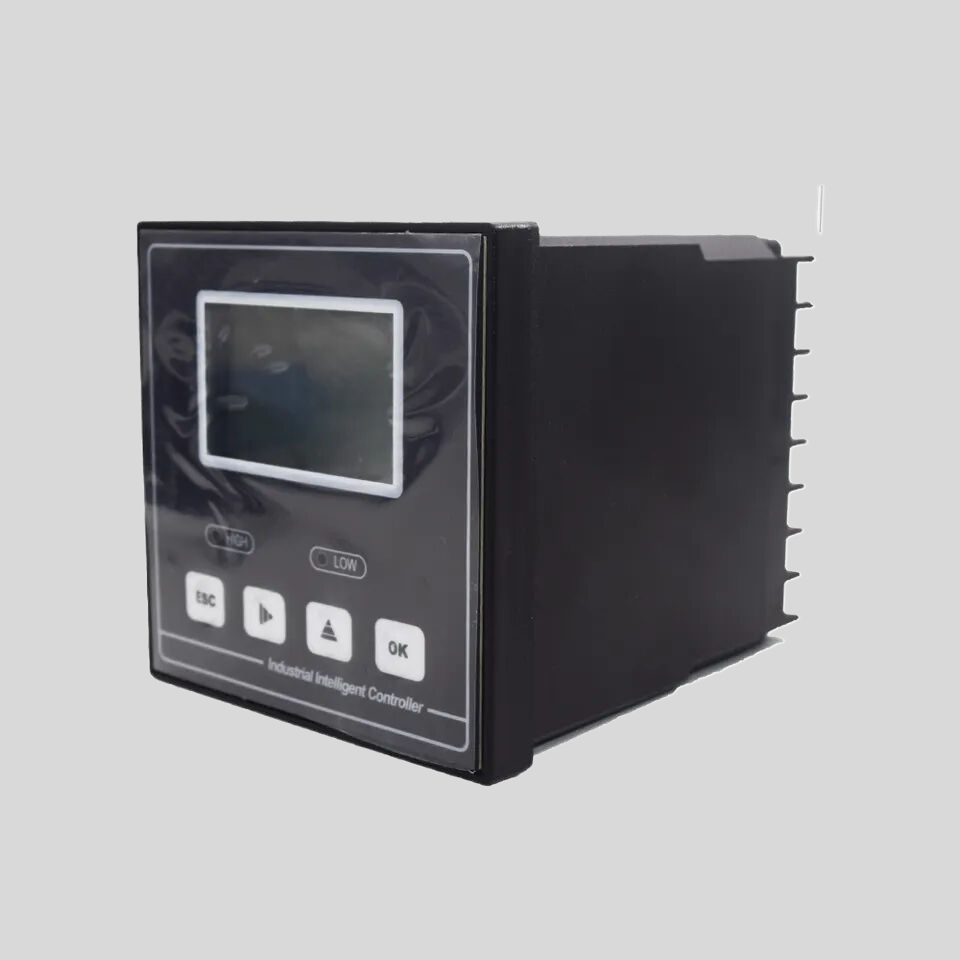
When it comes to price, handheld TDS meters can range from affordable to more expensive models. Consider your budget and how often you will be using the meter before making a decision. While a more expensive meter may offer additional features and higher accuracy, a more budget-friendly option may still provide reliable results for occasional use.
In addition to these factors, consider the brand and reputation of the TDS Meter manufacturer. Look for a reputable company with a history of producing high-quality products and providing excellent customer service. Reading reviews from other users can also help you make an informed decision.
In conclusion, choosing the best handheld TDS Meter for your needs requires careful consideration of accuracy, range, ease of use, durability, price, and brand reputation. By taking these factors into account, you can select a meter that will provide reliable and accurate measurements of TDS levels in your water source. Whether you are testing the purity of drinking water, aquarium water, or hydroponic nutrient solution, a handheld TDS Meter is an invaluable tool for ensuring water quality and safety.

